Brussels Tourism
Brussels Bound: Your Ultimate Vacation Guide & Insider Tips
Brussels Unwrapped: A Quirky, Flavorful & Fact-Packed Guide to Europe’s Cozy Capital
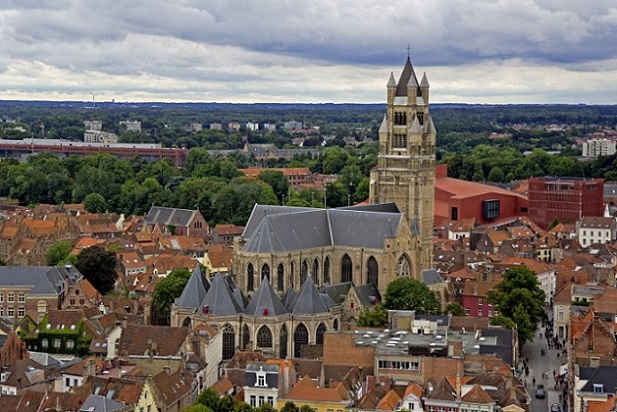
Welcome to Brussels — Where Medieval Charm Meets EU Power, Waffles Meet Wit, and Cobblestones Whisper Centuries of Stories
Forget what you think you know about Brussels. Yes, it’s the de facto capital of the European Union, a sleek hub of diplomats, suits, and policy-making.
But peel back the bureaucratic veneer, and you’ll find a city that dances to its own eccentric beat: surreal street art, cheeky bronze statues, Art Nouveau masterpieces tucked between kebab shops, and enough chocolate to induce blissful coma. Brussels doesn’t just welcome travelers, it seduces them with layers of history, flavor, and delightful absurdity.
City Snapshot: A Capital of Contrasts
Brussels is the capital of Belgium and one of the three official capitals of the European Union (alongside Strasbourg and Luxembourg City). It’s a bilingual city, French and Dutch (Flemish) are both official, but English is widely spoken, especially in tourist zones and international districts.
Fun Fact: Brussels is not just “a” capital of Europe, it hosts the European Commission, the Council of the EU, and NATO headquarters. Over 10,000 lobbyists operate here. Yet, somehow, it still feels like a village — if that village had Michelin-starred restaurants on every corner and a statue of a peeing boy as its mascot.
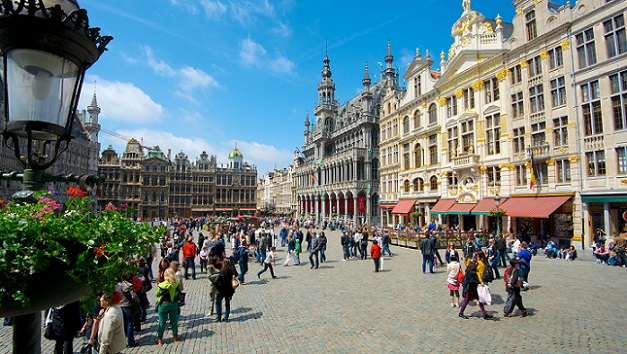
Must-See Sights: Beyond the Brochures
Grand Place (Grote Markt)
Often called “the most beautiful square in Europe”, and it’s hard to argue. Encircled by opulent 17th-century guildhalls with gilded facades, crowned by the Gothic Town Hall (Hôtel de Ville), this UNESCO World Heritage site transforms every two years during the Flower Carpet Festival, where over half a million begonias bloom into intricate designs. At night, it’s lit like a stage set for a fairy tale.
Quirky Tip: Visit at dusk when the lights flicker on, the golden glow against the dark sky is pure magic. And yes, those statues on the Town Hall? There are over 200 of them, including one of St. Michael slaying a dragon… that suspiciously resembles a crocodile.
Manneken Pis
The world’s most famous peeing statue. This 61-cm bronze toddler has been relieving himself into a fountain since 1619. He’s not just a tourist gimmick, he’s a cultural icon with his own wardrobe of over 1,000 costumes (yes, really). He’s been dressed as Mozart, Santa, a matador, and even a COVID-era doctor.
Fun Fact: His female counterpart, Jeanneke Pis, exists (tucked in an alley near Rue des Bouchers), and there’s even a peeing dog statue, Het Zinneke, symbolizing Brussels’ mongrel spirit.
Atomium
Built for the 1958 World’s Fair, this giant iron atom (102 meters tall!) is Brussels’ Space Age icon. You can ride an elevator to the top sphere for panoramic city views, and yes, there’s a restaurant inside one of the atoms. It’s retro-futuristic, slightly surreal, and utterly unmissable.
Quirky Tip: Visit at night when it’s illuminated, it looks like a sci-fi movie prop come to life.
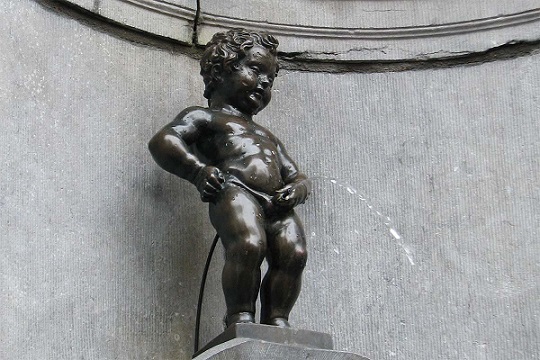
St. Michael and St. Gudula Cathedral
A stunning Gothic masterpiece with stained glass windows that shimmer like jewels. Climb the tower for a bird’s-eye view of the city, if you dare the 400+ steps.
Palais de Justice
One of the largest courthouses in the world, so massive that locals say it has its own weather system. Built in the 19th century, it dominates the skyline and inspired Bram Stoker while writing Dracula. Its scale is intimidating… and oddly majestic.
Bois de la Cambre & Forêt de Soignes
Escape the city buzz in this sprawling urban forest. Rent a rowboat on the lake, picnic under ancient oaks, or hike trails that feel a world away from EU summits. The adjacent Forêt de Soignes is one of Europe’s last primeval beech forests, some trees are over 300 years old.
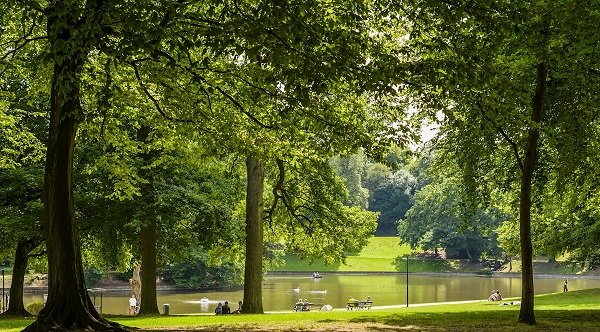
Food & Drink: A Gastronomic Wonderland (Yes, Really)
Brussels doesn’t just have “a lot” of restaurants, it holds the Guinness World Record for the highest concentration of restaurants per square meter. And no, that’s not hyperbole.
Rue des Bouchers (Street of the Butchers)
This narrow, car-free alley in the old town is a carnivore’s carnival. Every building? A restaurant. Neon signs, seafood displays, mussels steaming in giant pots, it’s chaotic, touristy, and weirdly wonderful. Go for the spectacle, stay for the moules-frites.
Quirky Tip: Skip dinner here — it’s packed and pricey. Come for lunch or a late-night snack instead.
Must-Try Local Bites:
- Moules-frites — mussels + fries, the national dish. Try them “à la crème” or “marinière” (white wine & herbs).
- Belgian Waffles — Crispy outside, fluffy inside. Get them plain from a street cart (avoid whipped cream mountains at tourist traps).
- Chocolate — Skip Godiva. Seek out Pierre Marcolini, Wittamer, or Mary (the Queen’s favorite).
- Speculoos — Spiced cookie paste. Slather it on toast. Thank us later.
- Beer — Over 1,500 Belgian brews. Try a Trappist (Westvleteren is holy), a lambic (sour & funky), or a fruity Kriek.
Fun Fact: Belgians take beer so seriously, it’s UNESCO-listed as “Intangible Cultural Heritage.” There’s even a Belgian Beer World museum near Grand Place.
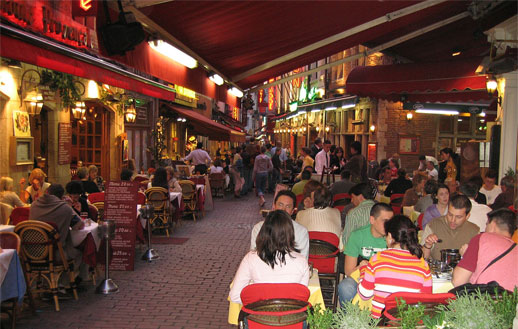
Things to Do: Culture, Quirk & Quiet Corners
- Comic Book Route — Brussels is the birthplace of Tintin, Smurfs, and Lucky Luke. Over 50 murals adorn buildings across the city. Grab a map and go on a cartoon scavenger hunt.
- Musical Instrument Museum (MIM) — Housed in a stunning Art Nouveau building, it has 8,000+ instruments. The rooftop café offers killer Grand Place views — and you get a free headset to listen to the instruments as you wander.
- Royal Museums of Fine Arts — From Bruegel to Magritte. Speaking of…
- Magritte Museum — Devoted to Belgium’s surrealist master. Bowler hats, apples, and floating rocks galore.
- Sablon District — Antique shops, art galleries, and the finest chocolate boutiques. Also home to the beautiful Notre-Dame du Sablon church.
Quirky Tip: On Sundays, the Place du Grand Sablon hosts a posh antiques and art market. Sip hot chocolate at Le Pain Quotidien while browsing vintage maps and Art Deco lamps.
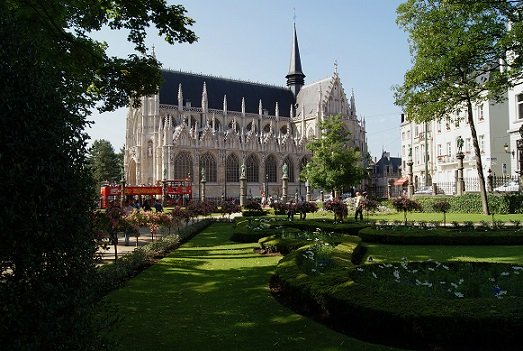
Nightlife: From Cozy Cafés to Underground Clubs
Brussels knows how to party, without shouting about it. The vibe is more “sophisticated revelry” than “stumble-home-at-4am.”
- Delirium Café — Holds the record for most beers offered (over 3,000!). Tucked in an alley near Grand Place.
- Flagey Building — A former radio station turned cultural hub. Jazz nights, film screenings, and lakeside drinks.
- Botanique — Stunning 19th-century greenhouse turned music venue. Indie, electronic, world music.
- Rue Antoine Dansaert — Hipster central. Cocktail bars, vinyl shops, and late-night falafel.
Fun Fact: Brussels has a “hidden” bar scene — speakeasies behind bookcases, bars in former brothels, cocktail dens in courtyards. Ask a local, or just wander and knock on unmarked doors.
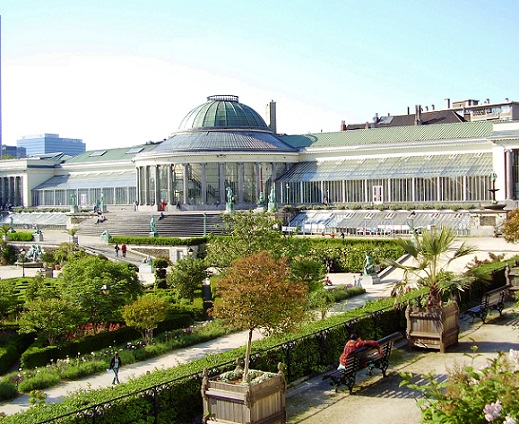
Where to Stay: From Chic to Quirky
Forget bland chains — Brussels shines in boutique stays:
- Hotel Le Dixseptième — Baroque luxury in a 17th-century mansion. Chandeliers, clawfoot tubs, and velvet everywhere.
- The Hotel — Philippe Starck-designed gem near Louise. Sleek, sexy, and oh-so-Brussels.
- MEININGER Hotel Brussels City Center — Budget-friendly with style. Great for groups and solo travelers.
- Vintage Hotel — Each room is themed after a Belgian icon — Magritte, Audrey Hepburn, Tintin!
- Airbnb in Marolles — Live like a local in Brussels’ bohemian flea-market district.
Quirky Tip: Stay near Place Saint-Géry, once a fish market, now a nightlife hotspot with buzzing bars and food trucks.
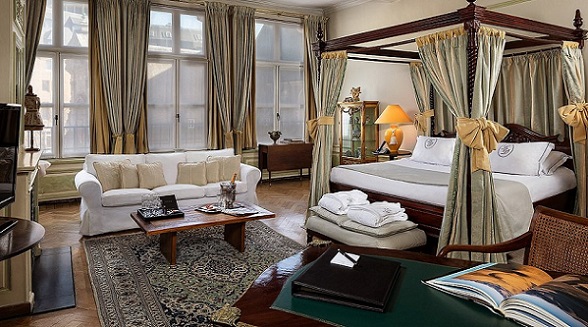
Festivals & Events: When Brussels Throws a Party
- Brussels Summer Festival (BSF) — August. Free open-air concerts in the city center, from jazz to hip-hop.
- Plaisirs d’Hiver / Winter Wonders — November–January. Europe’s coziest Christmas market, ice rink, light shows, and mulled wine galore.
- Ommegang — July. A medieval pageant reenacting a 1549 royal procession, complete with horses, giants, and Manneken Pis in period costume.
- Comics Festival — September. Cosplay, signings, and giant inflatable Smurfs.
Smart Travel Tips (The Quirky Edition)
- Public Transport: STIB/MIVB metro, trams, and buses are efficient. Buy a JUMP card for unlimited rides. Or just walk — the center is compact and walkable.
- Language: Say “Bonjour” or “Goedendag”, locals appreciate the effort. English works fine, but a little French/Dutch goes a long way.
- Tipping: Service is included. Round up or leave 5–10% for great service.
- Safety: Very safe by European standards. Watch for pickpockets in crowded areas (Grand Place, metro).
- Toilets: Many require €0.50–€1. Carry coins! Or become a customer at a café.
- Free Attractions: Grand Place (always), Comic Strip murals, Botanical Garden, Parc du Cinquantenaire, and wandering the Marolles flea market.
Fun Fact: Brussels has over 400 Art Nouveau buildings, more than any other city. Keep your eyes up, doorways, windows, and balconies are often miniature masterpieces.

Final Thought: Why Brussels?
It’s not Paris. It’s not Amsterdam. It’s gloriously, wonderfully Brussels, a city that doesn’t try too hard, yet surprises you at every turn. Where EU bureaucrats debate trade policy by day and slurp mussels by night. Where chocolate shops outnumber pharmacies. Where a tiny peeing statue is a source of civic pride. Where history isn’t behind glass, it’s under your feet, above your head, and served on a plate with fries.
Come for the institutions. Stay for the waffles. Fall in love with the weird.
Brussels doesn’t shout. It winks. And if you’re paying attention, you’ll wink back.
Bon voyage — or as they say in Brussels: Profite bien!

Discover Brussels: The Smart Traveler’s Guide to Belgium’s Capital
Brussels tourism: Tagged as the capital of Europe, Brussels boasts a number of attractions to lure the most fussy of travelers. From fine dining and quaint architecture to a vibrant nightlife and it’s many landmarks, there’s something to appeal to everyone in Brussels. Look around the streets of Brussels and you’ll see people from a wide variety of backgrounds and culture – a testimony to the cosmopolitan nature of the city.
Aside from the many ex-pats posted here from around the world, Brussels also plays host to immigrants from Turkey, Greece and North Africa. The dominant language in Brussels is French, but Flemish is also spoken in certain pockets of the city as is a unique mix of the two languages (called Marollien or Brussels Sproek).
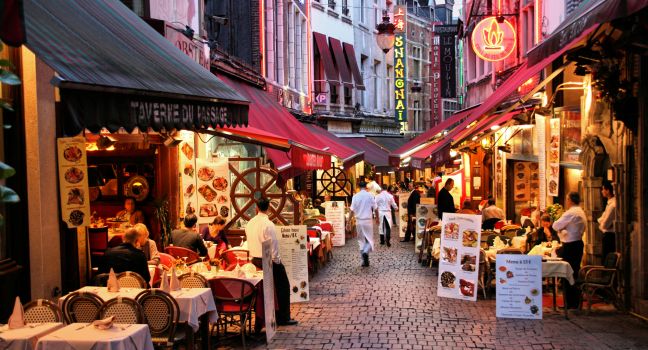
So what’s Brussels characterized by?
- Fine food and tasty beers. You can’t help but be impressed by the wide variety of food options open to the Brussels visitor. The national dish is “moules et frites” and must be sampled but the city also offers a magnificent choice of ethnic foods including Turkish, Chinese, Moroccan, Vietnamese, Tunisian, Italian and more.
- The vibrant “Grand-Place” is the very heart of Brussels and should be the first port of call for the newly arrived visitor. Many believe it to be among the finest town squares to be found anywhere in the world.
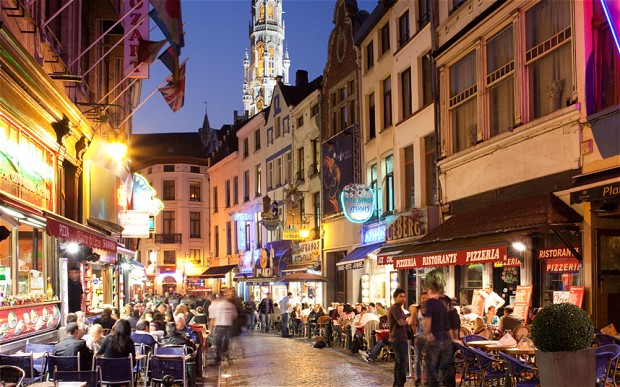
Brussels is the EU capital, and as such is the location of an increasing number of European Union buildings. Brussels gave birth to the “art nouveau” architectural movement in the late 1890’s. This was to spread to many other countries who embraced the bold new combination of materials such as stone, iron and exquisite tiles.
Some examples of famous landmarks you can visit that are a testimony to the movement are the Hotels Metropole & Solvay, Musee horta and Maison Saint Cyr. The Art Nouveau movement was spearheaded by Belgian architects Victor Horta and Henry van de Velde. Lovers of architecture, museums and cathedrals will be satisfied by the good mix on display.
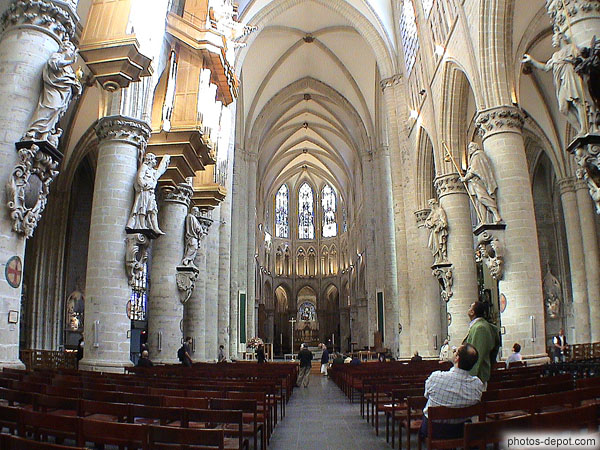
Aside from the wide range of museums, there’s the “Cathedrale des Sts Michel et Gudule” who’s origins can be traced back to 1072.
Chocolate. Belgian chocolate is reputed to be the best in the world and Brussels offers many chocolate shops where you can stock up on fine chocolate to take home. Whether you come to Brussels for the culture, architecture or just the heavenly chocolate, you’re certain to have an enjoyable time.
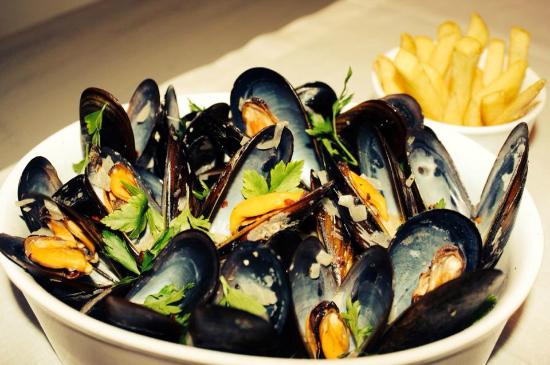
Delightful Day-Trips To Take On Your Visit To Brussels
Brussels is superbly located for quick-trips to several charming cities in Belgium. The three day- trips in this article have been highlighted because of their proximity to Europes capital.
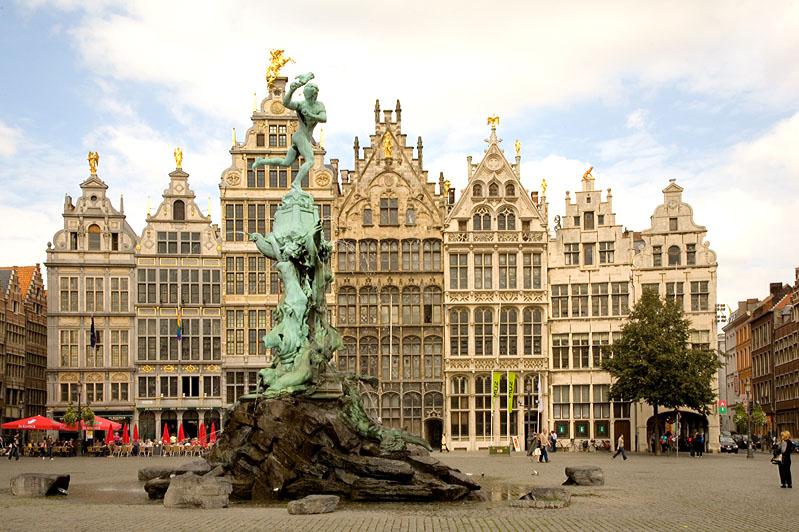
Antwerp A little over half an hour by train from the very heart of Brussels is the busy city of Antwerp. If you have a longer stay in Brussels, you’ll want to experience a day here to enjoy it’s interesting fashion shops and nice mix of good value restaurants.
If you fancy a stay overnight then the abundance of good, clean hotels will be a welcome sight – particularly as they charge significantly less than you’ll pay in Brussels. You can book a hotel from the tourist office in the town center of Grote Markt.
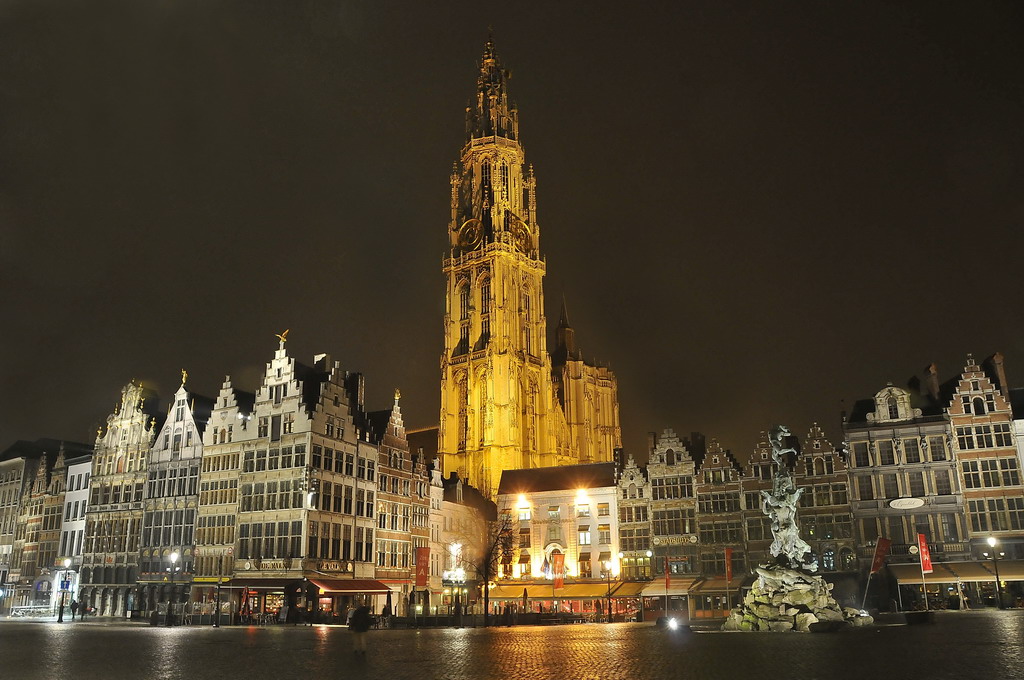
The equivalent of Grand Place for Antwerp is it’s pleasant Grote Markt square. Here are some of the must-see sights in Antwerp if you’re only about for a short stay. After checking out Grote Markt amble over to the Onze Lieve Vrouwekathedraal – one of the most impressive medieval churches to be found anywhere in Belgium, Onze Lieve Vrouwekathedraal dates back to the 15th century.
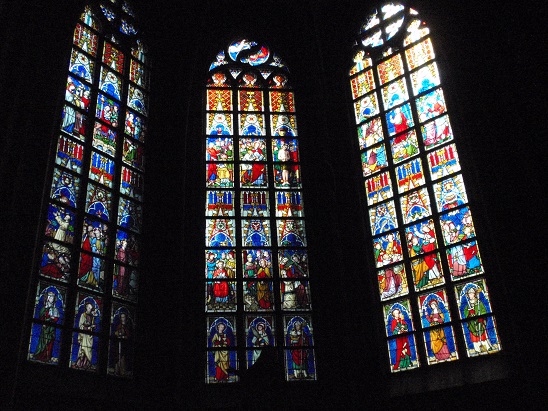
Museum lovers will enjoy Maritime Museum, Rockoxhuis Museum, Momo (a museum dedicated to fashion), Plantin-Moretus Museum and Museum voor Schone Kunsten (art). Quite similar to Brussels, there are no shortage of restaurants and cafes in Antwerp, however it is significantly cheaper to eat.
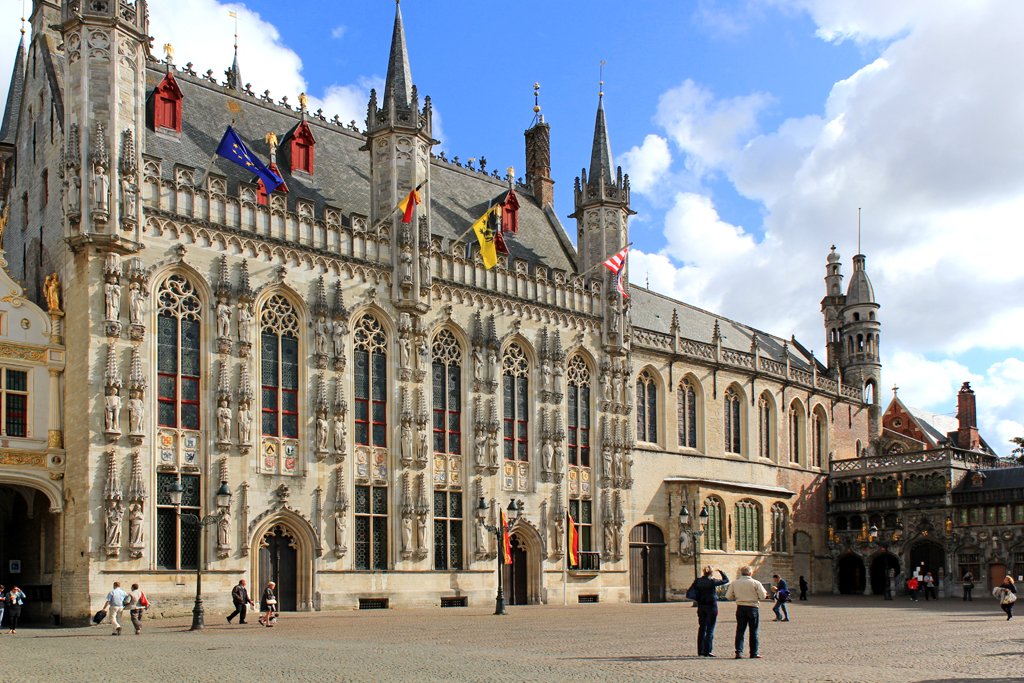
Bruges Bruges is slightly farther away from Brussels than Antwerp, but still conveniently placed for a day- trip. It takes about an hour to reach Bruges by train and it’s well worth the effort when you consider the beauty this well preserved medieval city has to offer.
Because of this, Bruges can often be packed in peak season and it can be difficult to obtain accommodation so be sure to book a place in advance if you plan to spend the night.
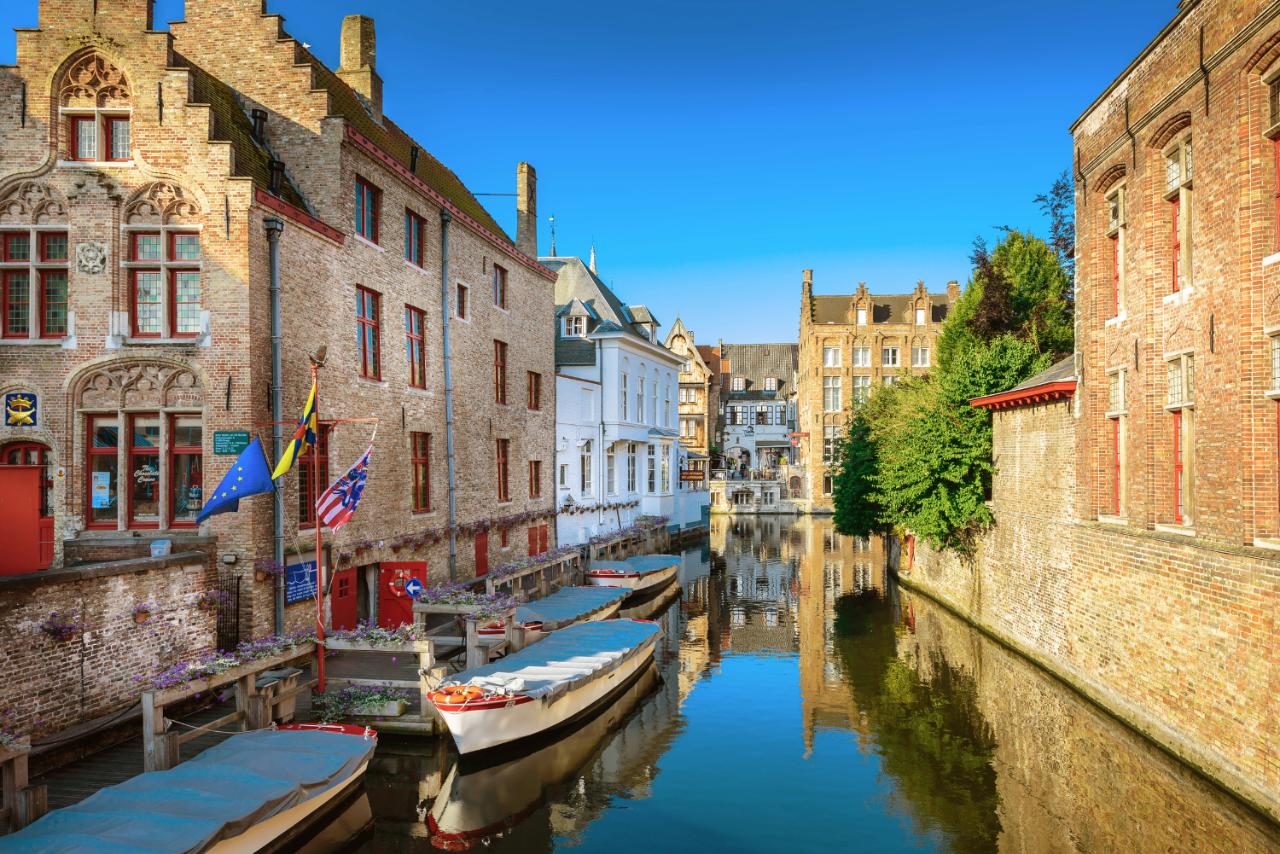
Being a tourist hotspot, eating out in Bruges can be somewhat more expensive than other places in Belgium, and the food tends to cater to the mass number of tourists that flood the city during peak times. Once you step into the heart of Bruges, it’s not surprising to know that it’s one of the most visited places in Belgium – there’s wonderful medieval charm here, including ancient building, narrow winding streets and a quaint network of criss-crossing canals.
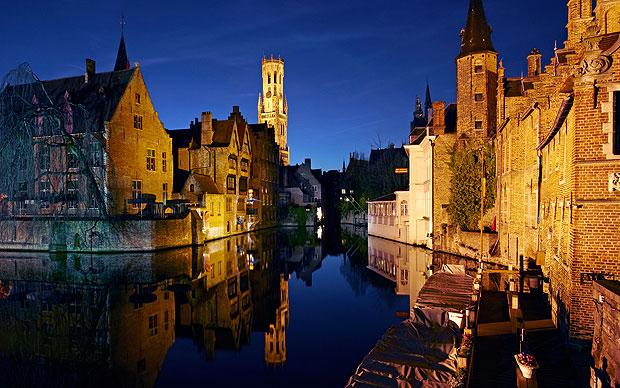
Make sure you take a romantic boat ride along the cities beautiful canals. You can get a ticket for under six Euros. Bruges has two segments to it’s center-square – the Markt and the Burg. The latter has some of the most interesting buildings in Bruges including the Heilig Bloed Basiliek, the upper & lower chapel and the Stadhuis (town hall). Bruges offers a choice of worthwhile museums such as Groeninge (displaying a fine collection of Flemish art from as early as the 14th century).
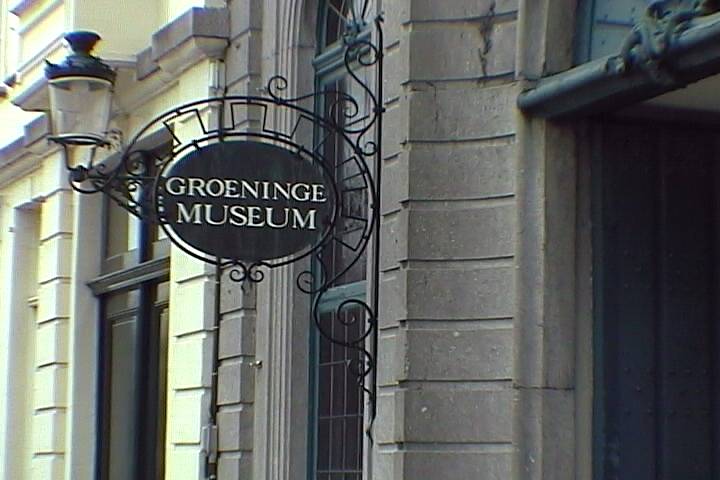
The Gruuthuse Museum is another that museum lovers will enjoy – set amidst a grand medieval mansion Gruuthuse offers an exquisite collection of art & tapestry. St Salvatorskathedraal is a gothic cathedral that dates back to the 13th century.
Onze Lieve Vrouwekerk took over two hundred years to build and this sprawling church of our lady dates back to the thirteenth century. Two of the grandest sights in Bruges are the Stadhuis (possibly the grandest town hall in Belgium, initially built in 1376) and the Belfort (also dating back to the 13th century) which towers over the Markt in the grandest of ways. It is here that the towns charter is kept.
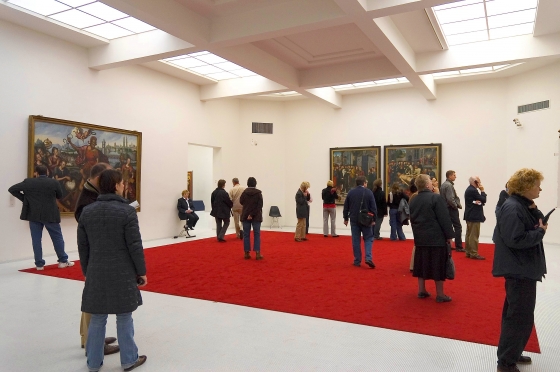
The Markt is one of the two central squares of Bruges city centre – an open market has been held here as long ago as the tenth century. Bruges has more than enough Belgian chocolate shops to keep your cravings satisfied.

Ghent Ghent is severely under-rated as a tourist spot. With it’s quaint town center comprising narrow canals, cobbled traffic-free streets & a fine castle and cathedral it’s a very alluring place to plan a day-trip to. It’s also just a half hour train ride from Brussels. Here are the must-see sights in Ghent if you happen to come for a short stay:
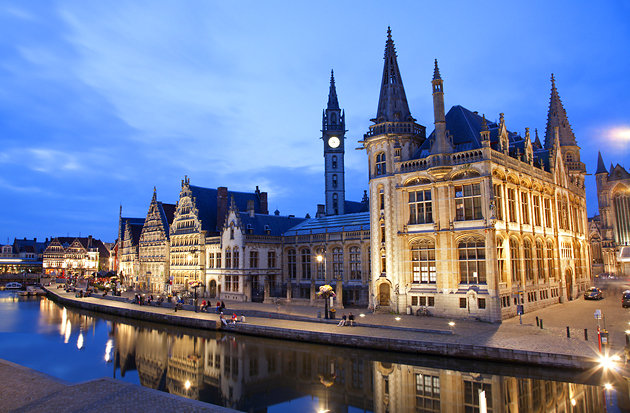
The fabric of Ghents town center was built in the 13th and 14th century. Like Brussels It’s easy to navigate through Ghent thanks to a comprehensive and well run public transport system. Your first port of call should be to the impressive Stadhius (the largest town hall in Belgium) which dates back to the early 15th century.
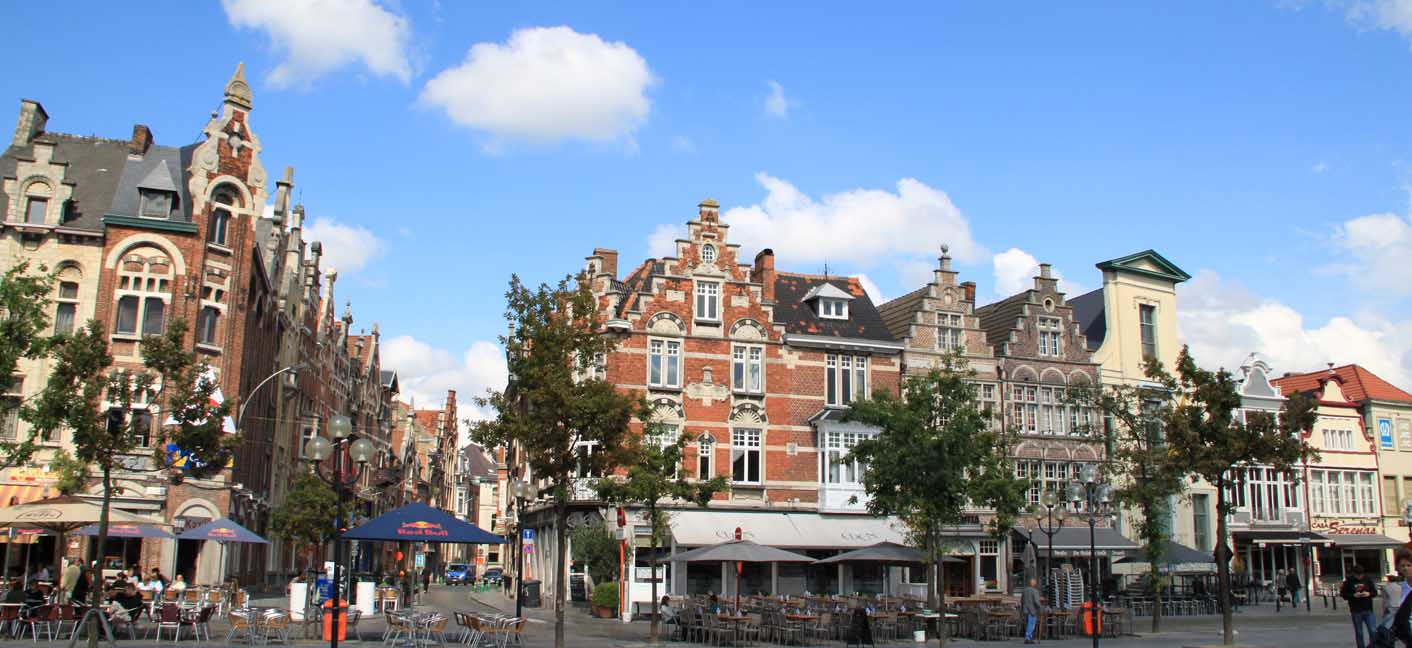
Close-by, the Belfort was built in the 14th century and offers stunning vistas over the city. It took approximately six hundred years to complete St Baafskathedraal – Ghents most prolific and oldest Cathedral and some parts of this Gothic masterpiece stretch back to the twelfth century. Ghent has some stunning listed buildings (many of which are a thousand years old) and you can see many of them in and around the area that runs from St Michielsbrug to St Baafskathedral.
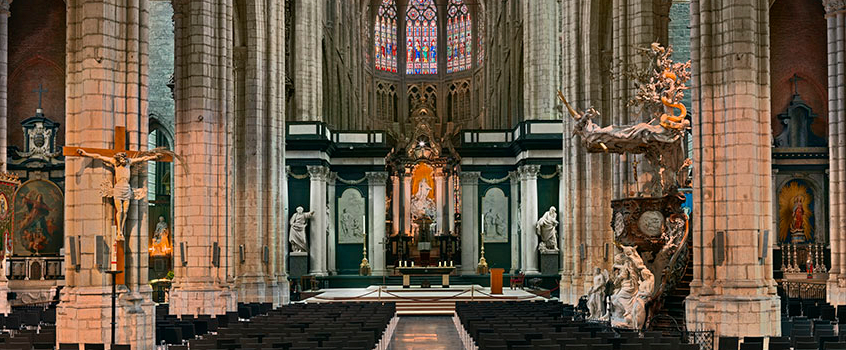
Gravensteen Castle was constructed in the eleventh century and it’s one of the most prolific landmarks of Ghent. Close by are the Museum voor Sierkunst en Vormgeving (with various displays depicting Ghent life over the past couple of centuries) and the fish market (Vishmarkt). There are alternative museums to visit – Museum voor Schone Kunsten has a large display of art dating back to the 14th century while the Bijlolemuseum is held in a building that was first built in the 13th century.
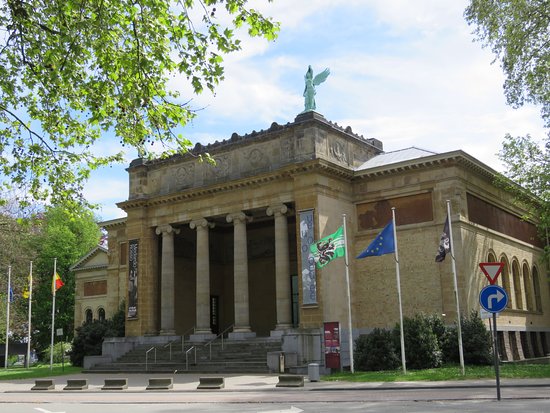
Pop in to Vrijdagmarkt, a pleasant market & restaurant area peppered with market stalls and quaint cafes/bars. Stroll along the river Leie for one of the most pleasant walks available anywhere in Belgium. Ghent has a large selection of restaurants, cafes and bars and they range from pokey student type affairs to more elegant and expensive offerings.
The south of the city is known for its student population so you’re more likely to find a youthful crowd here. There’s a reasonably wide selection of choices throughout the city – from traditional Belgian fare to Thai, Italian and Asian. If you’re planning on staying the night you should be able to find a room that meets your requirements. Accommodation is typically fairly easy to secure (except for July when the town hosts Gentse Feesten).
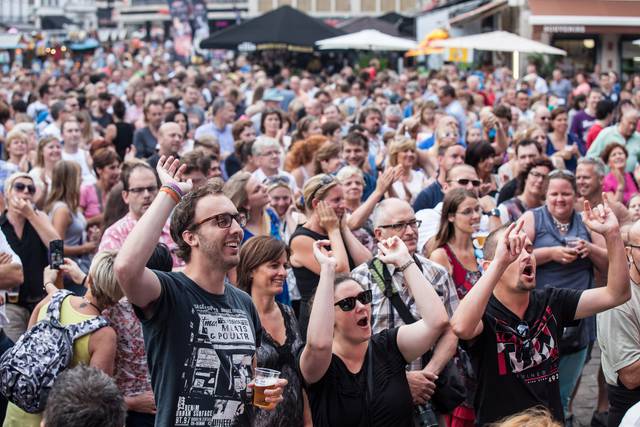
It’s possible to secure a basic room from as little as 25 euros – or if you’re able to afford something more extravagant you could kip in style for 400 euros. If your stay in Brussels extends to a week or more, you should certainly consider a day-trip to at least one of these wonderful Belgian cities.
Tweet
Follow @Charlesfrize
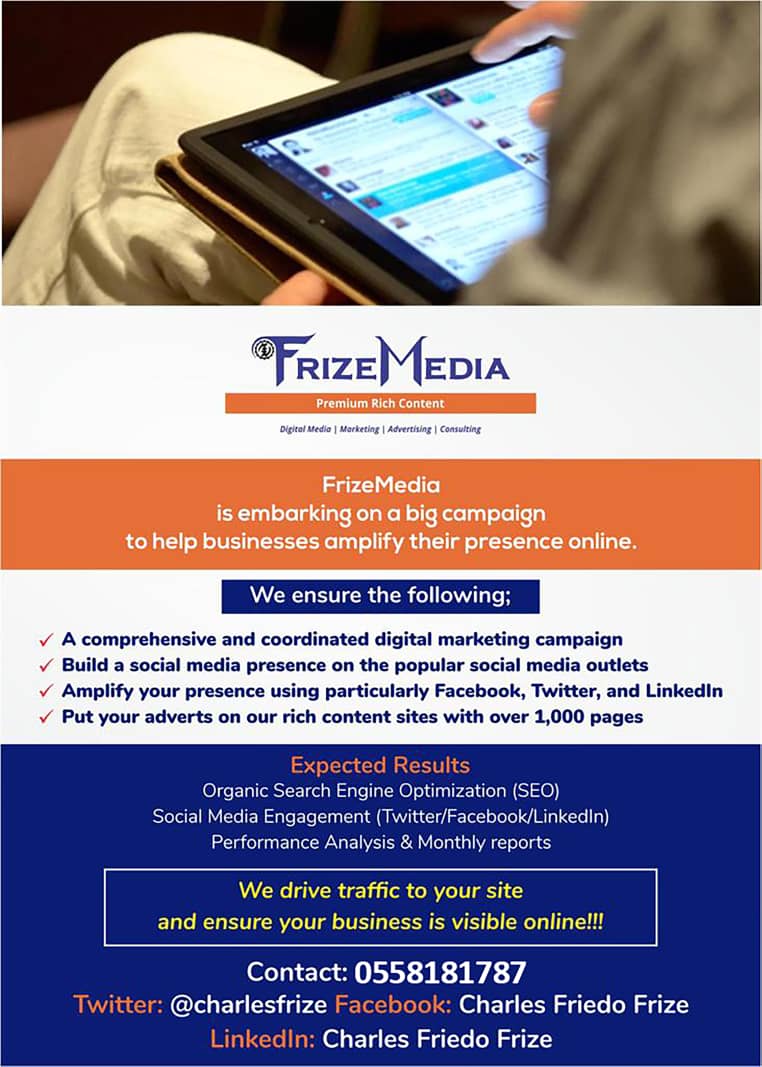

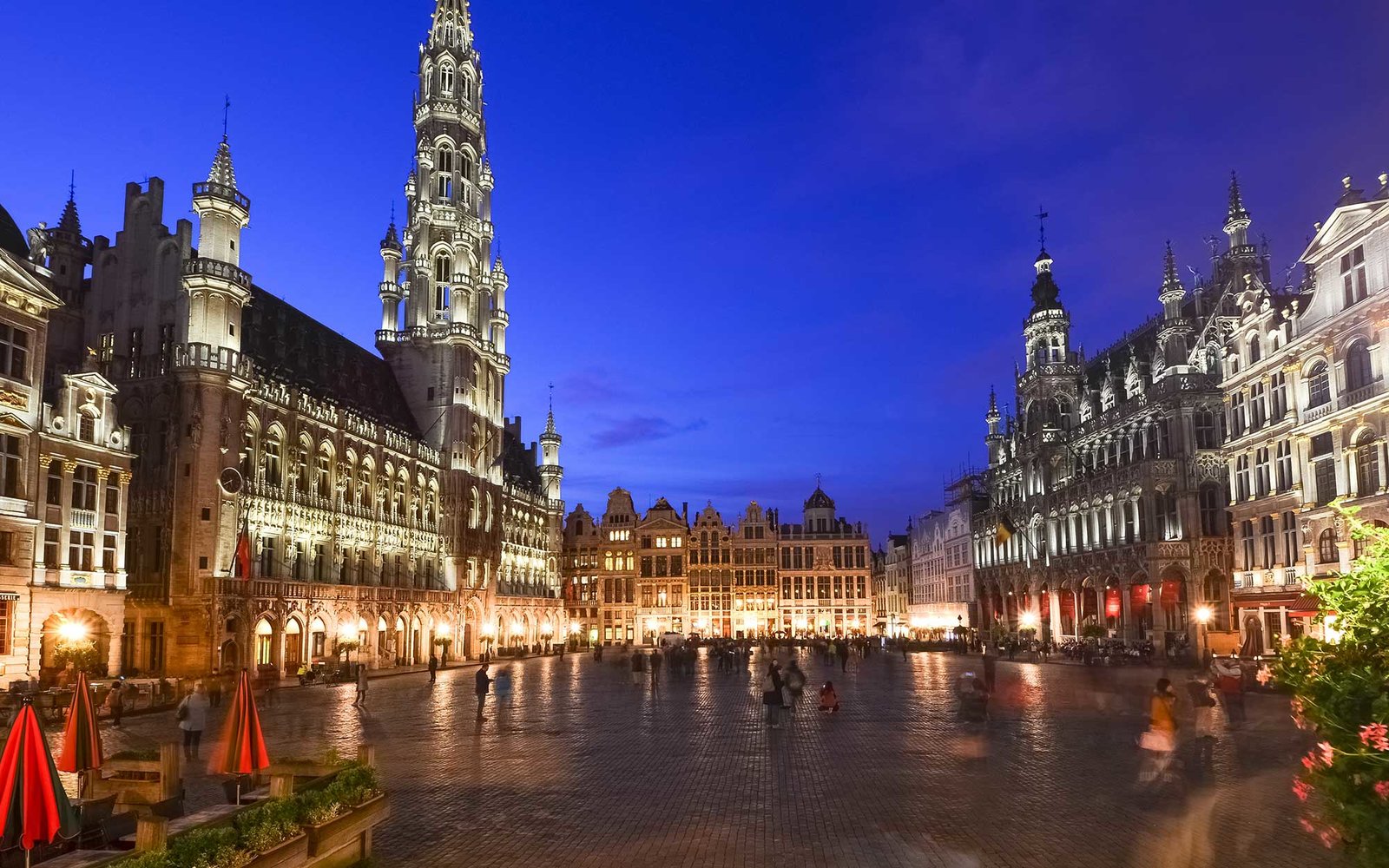
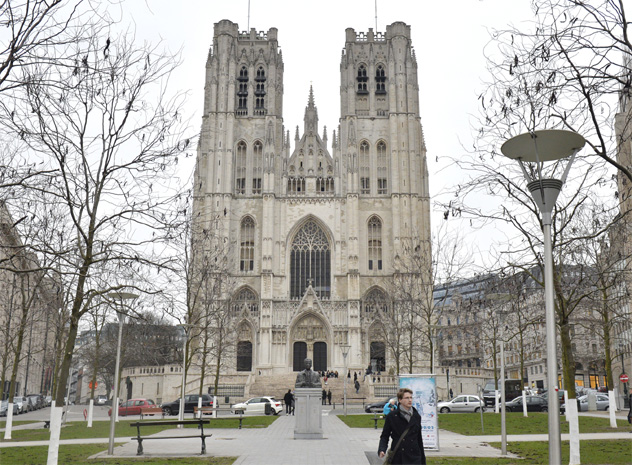
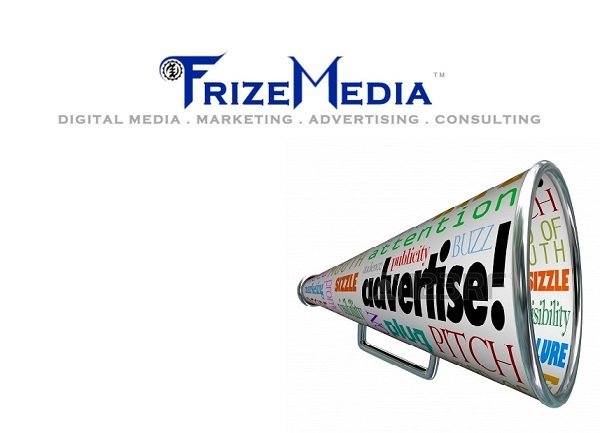

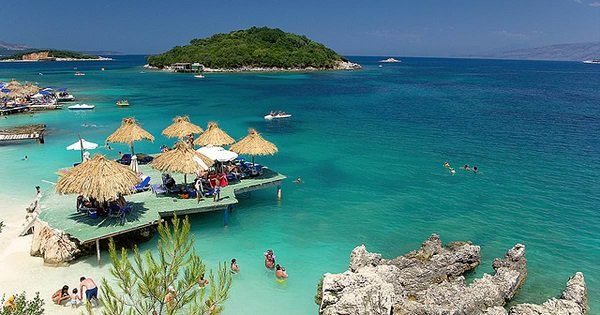
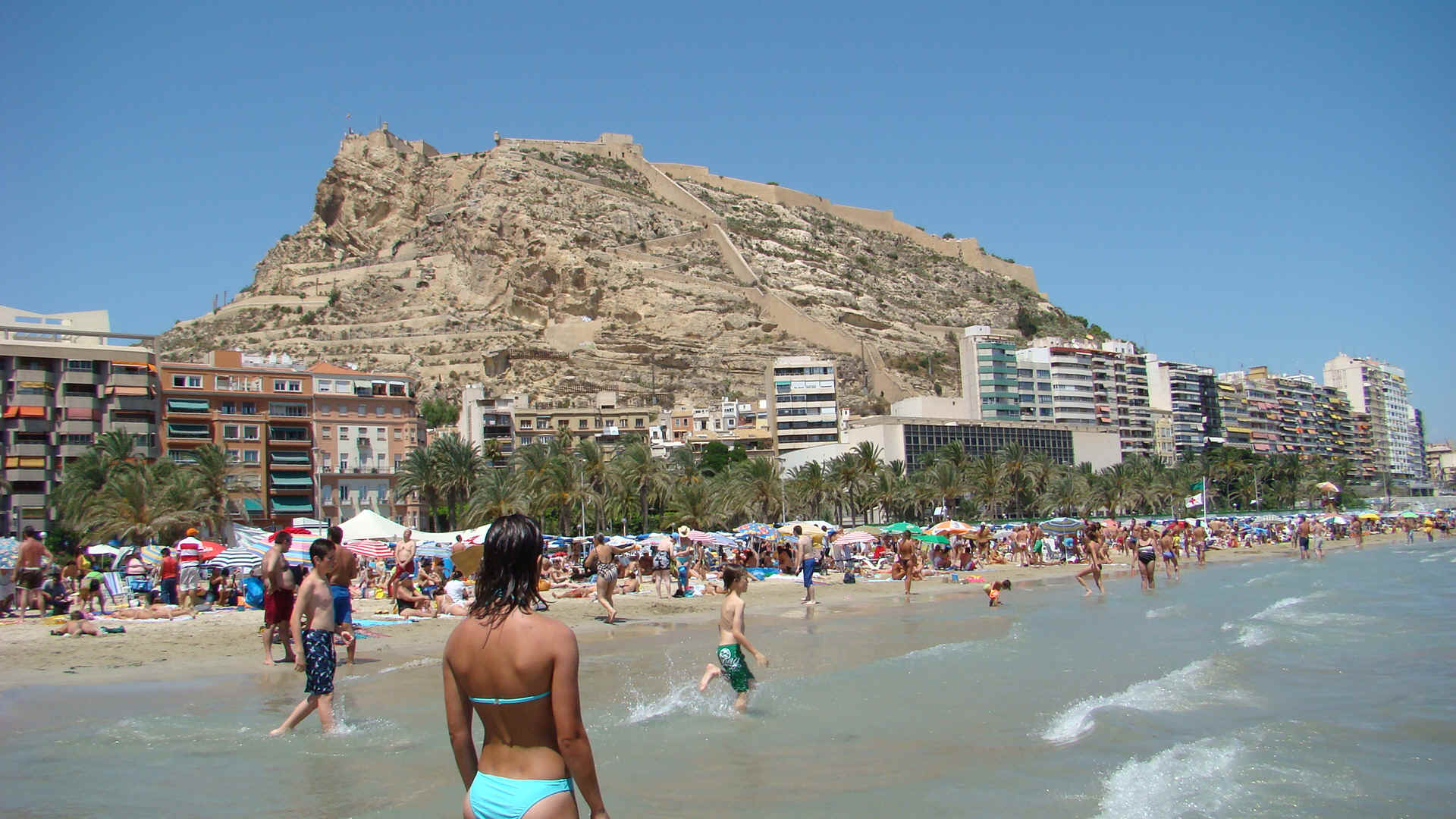





New! Comments
Have your say about what you just read! Leave a comment in the box below.